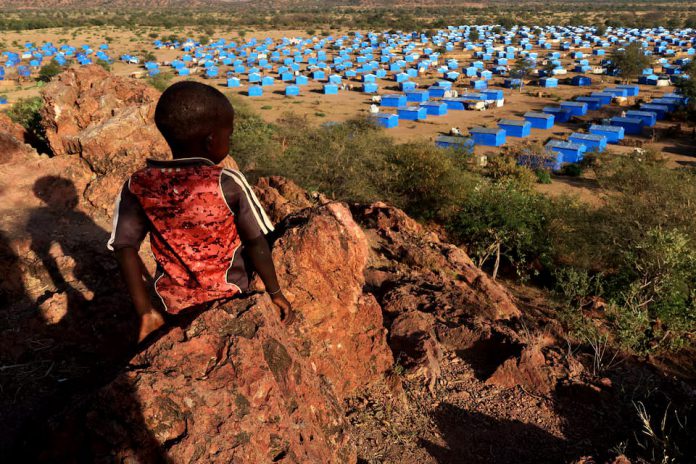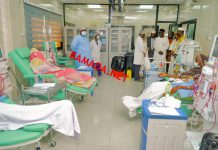Global Food Monitor has said the war in Sudan and restrictions on aid deliveries have caused famine in at least one site in North Darfur and have likely led to famine conditions in other parts of the conflict region.
The Integrated Food Security Phase Classification (IPC), a committee of food security experts said in a report on Thursday.asby”
The IPC, in its findings, said this is just the third time a famine classification has been made since the system was set up 20 years ago.
It shows how starvation and disease are taking a deadly toll in Sudan, where more than 15 months of war between the army and the paramilitary Rapid Support Forces (RSF) have created the world’s biggest internal displacement crisis and left 25 million people – or half the population – in urgent need of humanitarian aid.
Experts and U.N. officials say a famine classification could trigger a U.N. Security Council resolution empowering agencies to deliver relief across borders to the most needy.
In its report, the Famine Review Committee (FRC) found that famine, confirmed when acute malnutrition and mortality criteria are met, was ongoing in North Darfur’s Zamzam camp for Internally Displaced People (IDPs) and likely to persist there at least until October.
Zamzam has a population of 500,000. It is near the city of al-Fashir, home to 1.8 million people and the last significant holdout from the RSF across Darfur.
The RSF has been besieging the area and no aid has reached the sprawling camp for months.
The primary causes of famine in Zamzam camp are conflict and severely restricted humanitarian access, the FRC said.
It said it was plausible that similar conditions were affecting other areas in Darfur including the displaced persons camps of Abu Shouk and Al Salam.
In late June, an IPC process led by the Sudanese government found that 14 areas in the country, including parts of El Gezira, Kordofan and Khartoum states, were at risk of famine.
In a statement on Thursday Islamic Relief, a charity, said it saw rising numbers of children needing treatment in clinics across Darfur and other parts of Sudan. “It is not too late for them, but time is running out,” it said.
Reuters has reported that some Sudanese have been forced to eat leaves and soil, and that satellite imagery showed cemeteries expanding fast as starvation and disease spread.
A Reuters analysis of satellite images identified 14 burial grounds in Darfur that had expanded rapidly in recent months.












